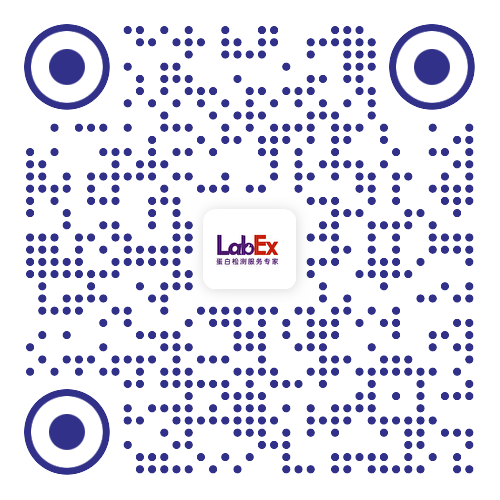Renal carcinoma CD105-/CD44- cells display stem-like properties in vitro and form aggressive tumors in vivo
- Sci Rep
- 3.9
- 2020 Mar 25;10(1):5379.
- Mouse
- 流式
- 泌尿系统
- 泌尿系统
- T细胞
- 肾癌
- CD184
- doi: 10.1038/s41598-020-62205-6.
Abstract
Clear cell renal cell carcinoma (ccRCC) is the most common kidney cancer. Prognosis for ccRCC is generally poor since it is largely resistant to chemo- and radiotherapy. Many studies suggested that cancer stem cells/tumor initiating cells (CSCs/TICs) are responsible for development of tumor, disease progression, aggressiveness, metastasis and drug resistance. However, tumorigenic potential of CSCs/TICs isolated from established RCC cell lines - basic ccRCC research model - has never been investigated in vivo. CD105+, CD105-, CD44+ and CD44- as well as CD44-/CD105- CD44+/CD105+ and CD44-/CD105+ cells were isolated from Caki-1 RCC cell line, confirming coexistence of multiple subpopulations of stem-related phenotype in stable cell line. Sorted cells were injected subcutaneously into NOD SCID mice and tumor growth was monitored with MRI and PET/CT. Tumor growth was observed after implantation of CD105+, CD44+, CD44-, CD44-/CD105+ and CD44-/CD105- but not CD105- or CD44+/CD105+. Implantation of CD44-/CD105- cells induced tumors that were characterized by longer T1 and distinct metabolic pattern than other tumors. All the tumors were characterized by low uptake of [18F]FDG. CD105+ and CD44- tumors expresses Nanog and Oct-4, while CD44- tumors additionally expressed endothelial cell marker - CD31.
金课堂之文献解析 文献原文请点击
本网站销售的所有产品及服务均不得用于人类或动物之临床诊断或治疗,仅可用于工业或者科研等非医疗目的。











 沪公网安备31011502400759号
沪公网安备31011502400759号
 营业执照(三证合一)
营业执照(三证合一)


